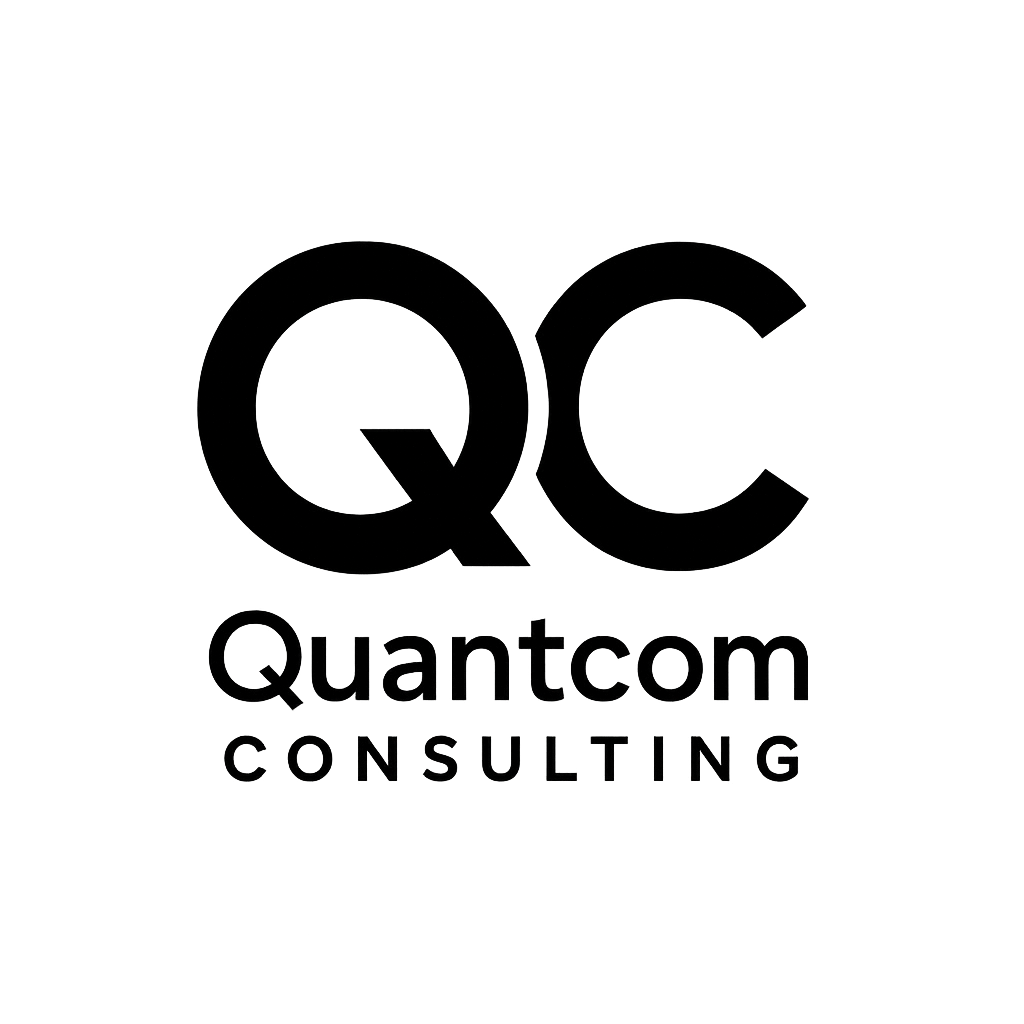Agile vs. Waterfall: Choosing the Right Approach for Your Project
With the pace of change, increased dynamism and evolving technological landscape in today’s world choosing the right project management methodology for your upcoming project is critical.
The rise in popularity of Agile methodologies over recent years has significantly reshaped how organisations approach project delivery. However, Agile isn't always the best, or only option when it comes to project delivery especially for transformation initiatives. Traditional Waterfall methodology is often considered as outdated but can still be highly effective for certain scenarios. There’s no one size fits all when it comes to selecting a project delivery and misunderstanding these methodologies or adopting Agile superficially can jeopardise your project's success.
In this article, we'll clarify the strengths and limitations of both Agile and ‘Traditional’ ie Waterfall methodologies, explain how to choose the best fit for your project, and discuss the risks of superficial Agile adoption.
Understanding the Traditional Waterfall Approach
The Waterfall approach is linear and sequential, moving steadily from initiation through to planning and delivery. Each project phase is completed before moving onto the next, providing structure, predictability, and clarity.
Strengths of Waterfall
Clear Scope and Deliverables
Waterfall thrives when project requirements are stable and well-defined upfront. Clearly scoped projects benefit significantly from the structured approach that Waterfall brings.Predictability and Control:
Defined timelines, costs, and resources offer greater control, making Waterfall ideal for regulated environments, infrastructure projects, or compliance-driven work.
Ideal Projects for Waterfall:
Infrastructure or construction projects.
Regulatory or compliance-driven initiatives.
Technology implementations with clearly defined and stable requirements.
Exploring Agile Methodologies
Agile methodologies like Scrum or Kanban emphasise flexibility, collaboration, and iterative development. Rather than locking down requirements at the outset, Agile methods adapt as the project evolves, delivering incremental value through regular iterations.
Strengths of Agile
Adaptive and Flexible:
Agile excels when requirements are unclear, evolving, or likely to change significantly.Rapid Delivery of Value:
Regular iterations and frequent releases allow organisations to capture value quickly and adjust based on continuous stakeholder feedback.Improved Collaboration:
Agile frameworks actively engage stakeholders and teams, fostering transparency, accountability, and ownership.
Ideal Projects for Agile:
Software development and technology innovation.
Product development with evolving customer needs.
Any project requiring frequent adjustment based on feedback and changing market conditions.
When Agile Goes Wrong: The Pitfalls of Misapplication
While Agile can be incredibly effective, its rising popularity means many organisations rush into adopting Agile methods superficially, sometimes without fully understanding its principles or ensuring organisational readiness. This often leads to projects that fail to deliver on their outcomes because of not only the wrong choice of methodology but also trying to get teams to work in a manner they’re not familiar with or trained on. Simply labelling a project Agile doesn’t mean your team automatically become proficient practitioners.
Common Pitfalls Include:
Agile in Name Only:
Many projects claim to be Agile but still operate with rigid structures or limited stakeholder involvement. Just because you’re now having daily stand-ups or calling your teams ‘Scrum teams’ doesn’t automatically make your approach Agile.Misalignment of Methodology and Project:
Not every project benefits from the flexibility of Agile. Applying Agile approaches to highly structured, regulated, or clearly scoped projects can add unnecessary complexity and confusion, undermining efficiency.Resistance and Cultural Misalignment:
Agile methods require genuine collaboration, transparency, and empowerment of teams. Without cultural readiness or true commitment from leadership, organisations often experience frustration, disengagement, and ultimately poor project outcomes.
Choosing Between Agile or Waterfall
The decision between Agile and Waterfall should always be driven by the context of your project and organisational readiness. Ask yourself these critical questions:
Are project requirements well-defined or evolving?
How important is it to deliver incremental value rapidly?
Is flexibility more critical than predictability in timelines and budgets?
Does your organisation’s culture support iterative, transparent collaboration?
Here's a quick-reference decision guide:
Striking the Balance: Hybrid Approaches
Recognising that pure Agile or Waterfall isn’t always optimal, many successful organisations now adopt hybrid methodologies, combining the best of both worlds. Hybrid models can provide structured predictability with the flexibility to adapt and innovate.
As an example, organisations often employ Waterfall methods during initial scoping, budgeting, and regulatory compliance phases, then switch to Agile during implementation, enabling iterative feedback and continuous improvement.
Understanding when and how to blend methodologies effectively can be a powerful advantage, enabling your organisation to maximise project success and minimise risk.
It’s important to ensure that your teams are aware of how each methodology works though, which phase adopts which approach and what their responsibilities are. Absent of ensuring this is made clear often leads to a project that falls into the grey area of neither methodology being implemented effectively and as a result the project meanders it’s way to an unsuccessful end.
Conclusion: Choose Wisely for Genuine Success
Selecting a project methodology that’s right for your project shouldn’t be influenced by trends alone. Agile methods can transform the right types of projects, delivering immense value when applied correctly.
Equally, Waterfall still plays a critical role, especially when clarity, structure, and regulatory compliance are paramount.
Most importantly, avoid the temptation to adopt Agile in name only. True Agile success requires more than buzzwords or daily stand-ups; it demands genuine organisational commitment, cultural readiness, and a clear understanding of why you're choosing Agile in the first place.
Align your methodology choice carefully to project characteristics, organisational culture, and stakeholder expectations to deliver truly successful outcomes.


